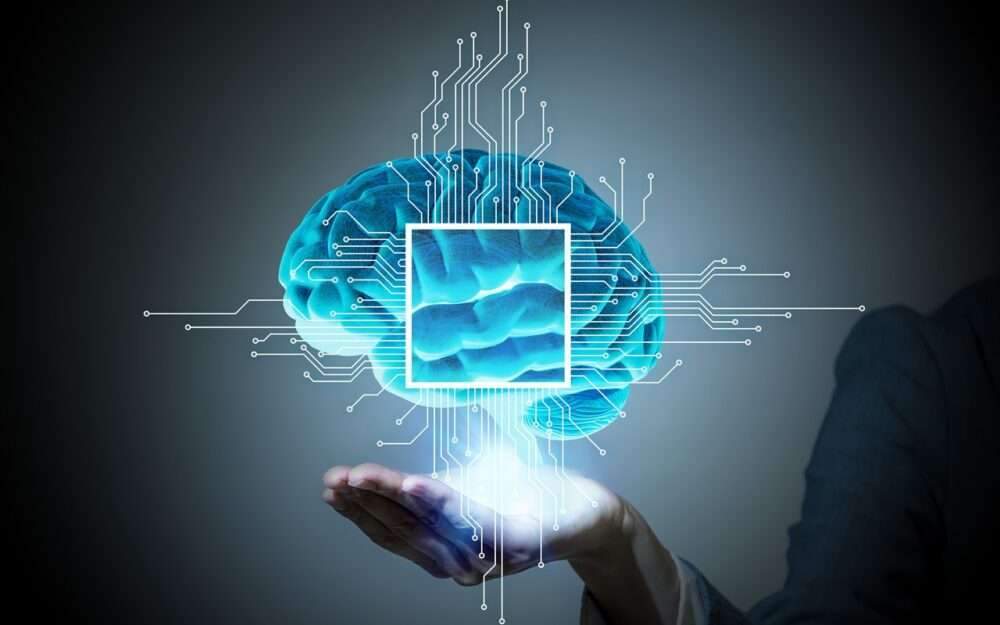Deep learning in the construction industry,
Artificial intelligence (AI) and machine learning (ML) are becoming increasingly popular technologies among the masses.
Even people who are not tech-savvy are exposed to these cutting-edge technologies in one way or another.
While artificial intelligence refers to a broad concept in which machines can perform tasks normally performed by humans,
ML is a subset of artificial intelligence and is based on the idea that machines should be able to learn and adapt through experience.
In addition, deep learning is a subset of machine learning.
Where algorithms are taught using artificial neural networks (ANNs).

Application of deep learning models
Deep learning can be useful for many industries including construction, finance, medicine, transportation, etc.
However, it mainly focuses on solving the following three basic problems:
Computer vision:
is the process of teaching machines to understand visual data,
such as images or video, and perform appropriate actions depending on what they observe, eg, masonry integrity, photographic reconstructions, etc.
Natural Language Processing (NLP):
It is the programming of machines to evaluate human language through text or audio recordings.
Examples include chatbots, automatic translation, analysis of legal documents, and so on.

Regression:
The artificial intelligence is trained to predict a number or the degree to which useful information is available to the user.
For example, regression applications, stock price prediction, fraud detection, etc.
The amount of data we generate today, which is then used to train and improve computer vision,
is one of the driving factors behind the growth of computer vision.
Despite the benefits it offers, computer vision is an incredibly complex technology to achieve.
There are three main types of computer vision problems: image classification, object detection, and image segmentation.
Image rating:
The primary goal of image classification models is to predict how an image will be represented in general.
Although they have limited applications in real-world problems,
However, they were the first models that revolutionized and led to the popularity of deep learning.
These algorithms take images as input and predict a class representing what the image represents.
- Object detection:
For each known object within an image, these algorithms determine the class of the object
and detect the positions of these objects using bounding boxes.
Where object detection algorithms take an image as input and return a projected class,
while image classification algorithms take an image as input and output images.
However, the expected bounding box positions will appear in the generated images.

Image segmentation:
In general, segmentation challenges in computer vision are more difficult than other problems
as the algorithms used in segmentation operate at the pixel level.
Instead of predicting what a group of pixels represents, the algorithms try to predict the class of each individual pixel in the given area.
Images are used as input and output in image segmentation models;
However, the resulting images will have a projected “layer” overlaid on top of them to represent the class of each pixel.
Instance hashing is similar to semantic hashing, except that it goes one step further in solving the general hashing problem in computer vision.
As a result, it is a bit more advanced and adds a layer of complexity.
It is very clear that object detection technology could be of tremendous benefit to the construction industry.
Detecting objects in a complex environment is the key step in understanding and interpreting the context of a building scene.
(i.e. layout and structure) and create functional, functional and semantic links between those objects.
This technology can be applied in autonomous construction where unmanned vehicles
need to locate and avoid objects to navigate through the site and perform tasks.
Likewise, robots must recognize certain objects to perform operations.
The long way forward
In order to truly benefit from AI in construction, the ability to detect objects in real time (or near real time) is paramount in some applications.
For example, preventing potential accidents requires real-time identification of risky behavior such as a human crew operating in close proximity to a hazardous site or a moving object.
But to track the movement of objects in a live video stream,
you’ll need a very fast algorithm that can analyze each video frame in quick succession
and detect all the interesting objects in the current frame before the next one appears.
Fast and light AI algorithms can be trained on relevant and valuable data to get the best results in the field.
And the quality of data in supervised machine learning (ML) is determined by how effectively it is annotated to train the model.
Since the AI model must be trained with a variety of data to detect objects with different appearances in real-world scenarios,
Training and test images should be collected from a variety of sources to ensure that the dataset covers a wide range of build settings.
For more architectural news


 العربية
العربية